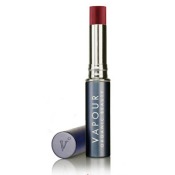What's Really In Your Lipstick?
Published Jul 3, 2011

What's Really In Your Lipstick?
by No More Dirty Looks
We all know that lipstick can be a makeup miracle worker. Really, does anything brighten the face faster than a swipe of well-chosen color? Nope. But have you ever considered what your lipstick is actually made of?
By some accounts we eat as much as five pounds of lipstick a year, not to mention that many of the chemicals used in conventional beauty products are readily absorbed through our skin too. Never thought about it? Neither had we! In fact we'd treated our skin more like a raincoat than our body's largest organ, capable of absorbing up to 60 percent of what goes on it.
But one thing at a time, yeah? Let’s talk lipstick. If you love a red mouth as much as we do, you should probably know that the red in most lipsticks is extracted from crushed insects called cochineals—in fact, many red dyes used in makeup, clothes, and even fruit juice are. While it’s yucky to think about, it’s not necessarily dangerous unless you're allergic to the ingredient. But if you’re vegan—or just easily grossed out—look to avoid the words carmine, carminic acid and other variations on your labels.
What’s of greater concern from a health perspective, though, is the presence of lead in lipstick—as in, the highly-toxic heavy metal known to stay in the body, and associated with a range of neurological problems, from depression to learning disabilities in children. Lead was banned from paint in the seventies so you’d think it wouldn’t be allowed in anything applied directly to our skin. Unfortunately, huge holes in the way cosmetics are regulated allow for its presence, and it's pretty widespread: A 2009 study by the FDA found it in all twenty of the lipsticks it tested, and because lead is a contaminant and not an actual “intended ingredient” you’re not going to see it listed on labels either. Ugh.
Lipsticks also contain a range of other ingredients were not wild about: parabens, which are preservatives that are suspected hormone disruptors, something called BHT (widely considered carcinogenic), even synthetic fragrance. These are all ingredients we generally like to avoid. Are they going to cause major health problems? Not necessarily. But they do add to an already large chemical burden in our bodies, and how low-dose exposure affects us over the long term is very hard to assess.
Does that mean you should throw out your favorite Friday night lipstick? We say no way. Like any potentially unhealthy habit—whether it’s sugar, wine or burgers—moderation is key. But if you can’t leave the house without a pink or red pout, fear not! There’s an amazing selection of clean lipsticks already out there. Our advice: Find one (or five) you love for your lips and add it to the rotation. Filled with skin-healthy, conditioning ingredients, your lips will love you back.
No More Dirty Looks' Top 3 Lipstick Picks
1 Vapour Organic Beauty Siren Lipstick
Tryst 412 is a red that weighs in somewhere between a lip balm and a stain, but the color lasts for hours and fades naturally and evenly. It does contain carmine though, so if you're vegan opt for a color that's not crimson. Seriously, almost all things red contain carmine!
2 Dr. Hauschka Lipstick
Dr. Hauschka is one of the original clean makeup lines. Both our moms used it long before we knew any better! Their lipsticks are filled with really nourishing ingredients—like jojoba and shea—and come in a great color palette.
3 RMS Lip2Cheek
RMS is incredible for so many reasons. The ingredients are totally clean and skin friendly, the colors are great and the pigments are super rich, so you don't need much and they last forever. Plus, they're so versatile!
Images courtesy of estilo-tendances and thebeautydepartment
When best friends Siobhan O'Connor and Alexandra Spunt went for Brazilian Blowouts a few years ago, they didn't realize they were exposing themselves to high levels of formaldehyde. The fateful discovery inspired them to write No More Dirty Looks, a book (and now popular blog!) about the unregulated use of chemicals in beauty products—and what to use instead. In a new series for Beautylish they will be sharing some of their discoveries.
Featured Products
You Might Also Like
-
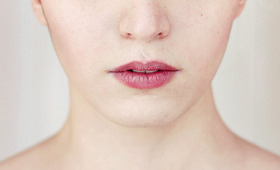
Lipstick
Your Lips, But Better
- 1114
-
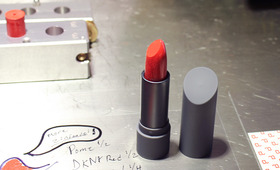
Lips
Want The Perfect Lipstick? Try BITE’s Lip Lab in NYC
- 1056
-
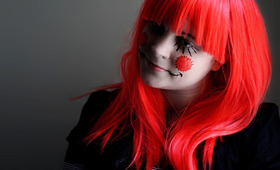
Eco Beauty
Are the Chemicals in Your Halloween Makeup Scarier Than Your Costume?
- 167
-

Tutorials
Dazzling Glitter Lips! Our Super Easy Tutorial
- 992
-

Top 3
Natural Bug Repellants That Really Work
- 96
-
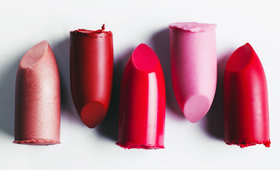
Lipstick
Top 5 Lipsticks for More Than Just Your Lips





